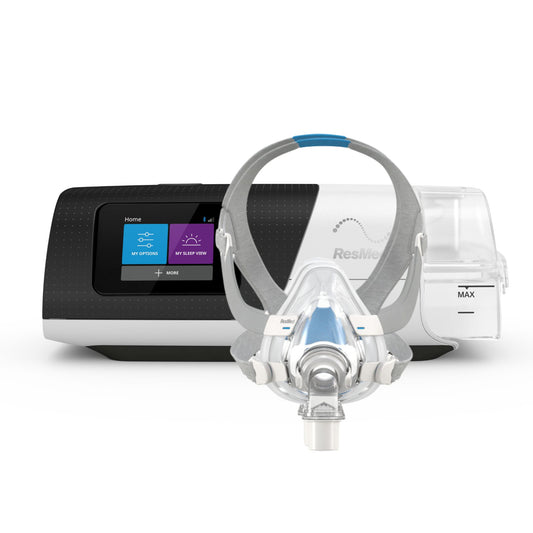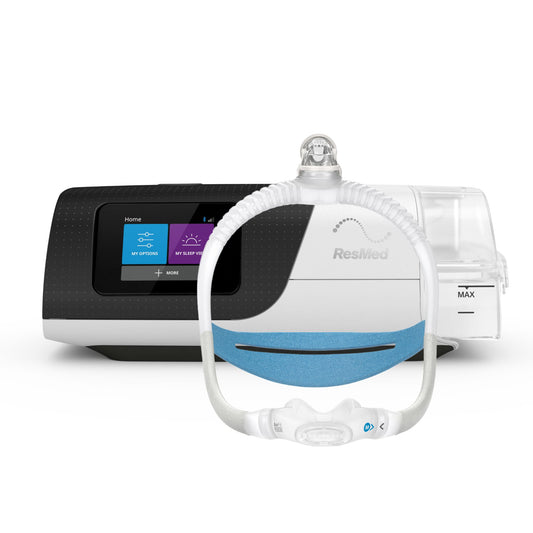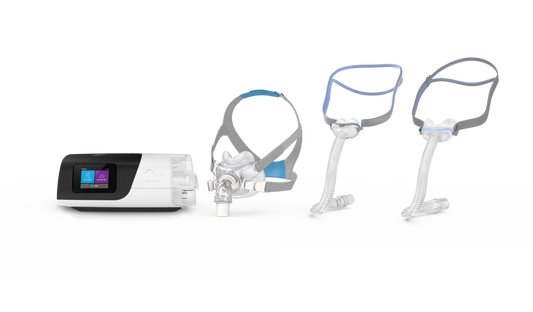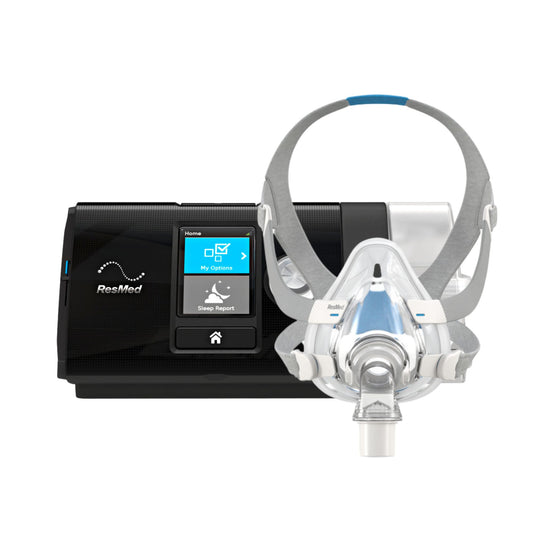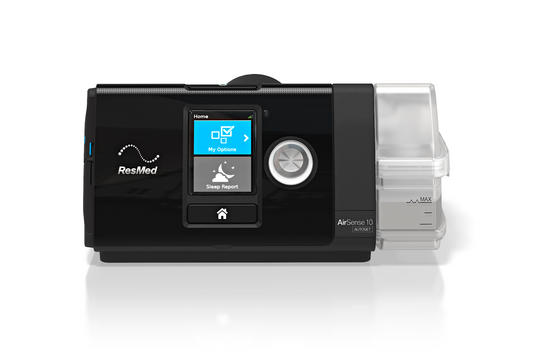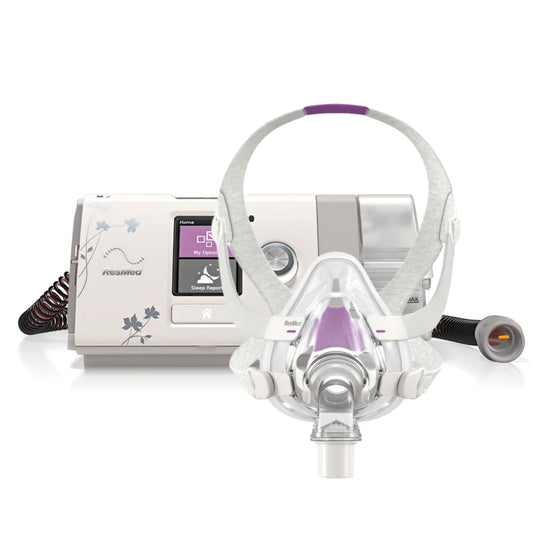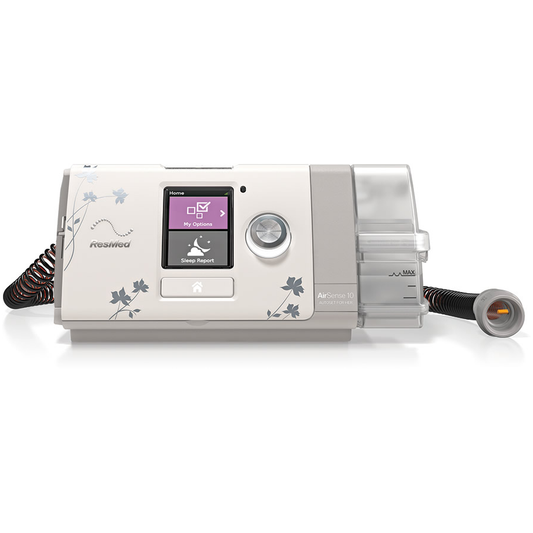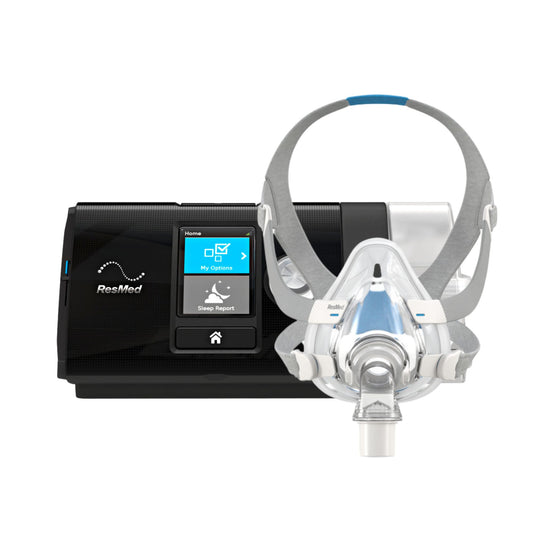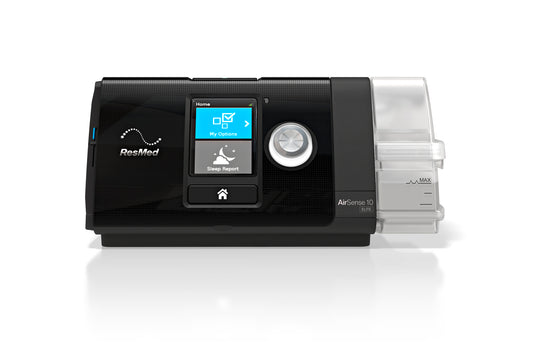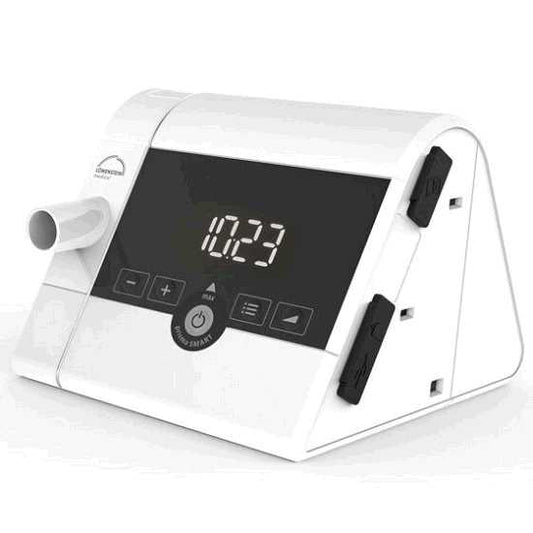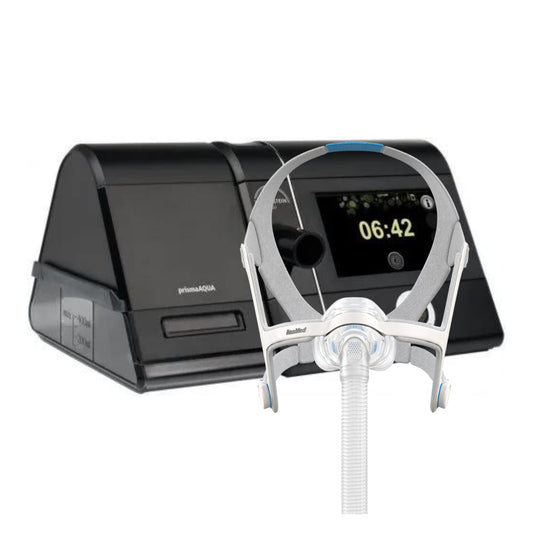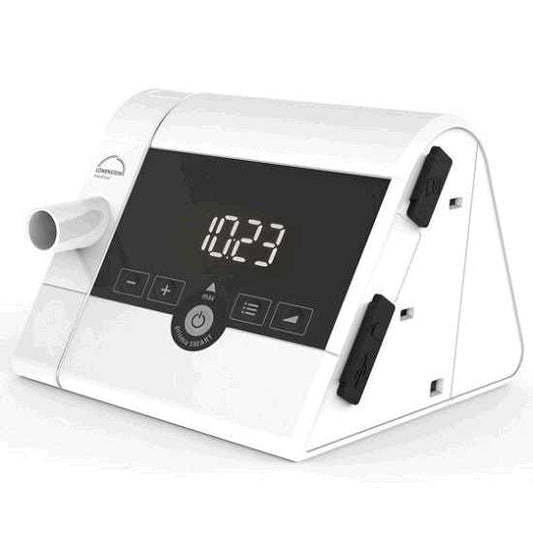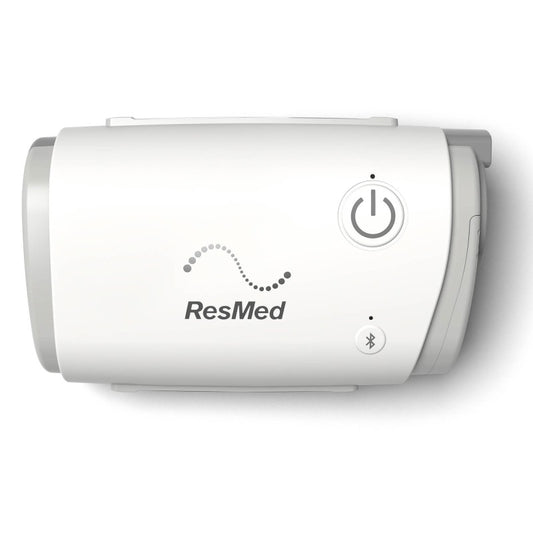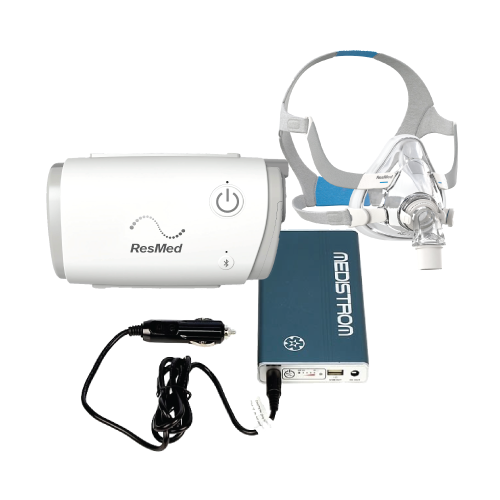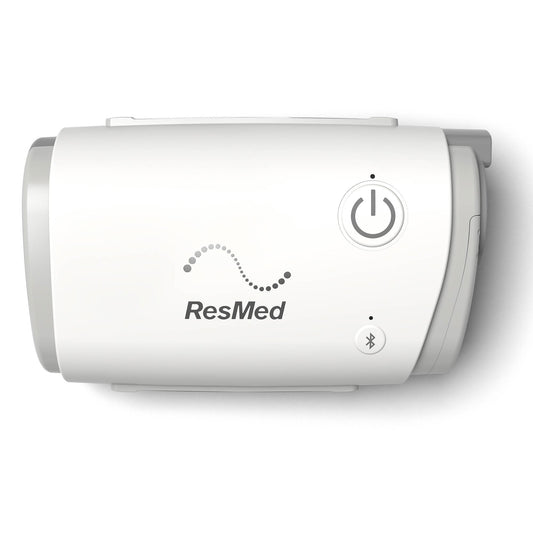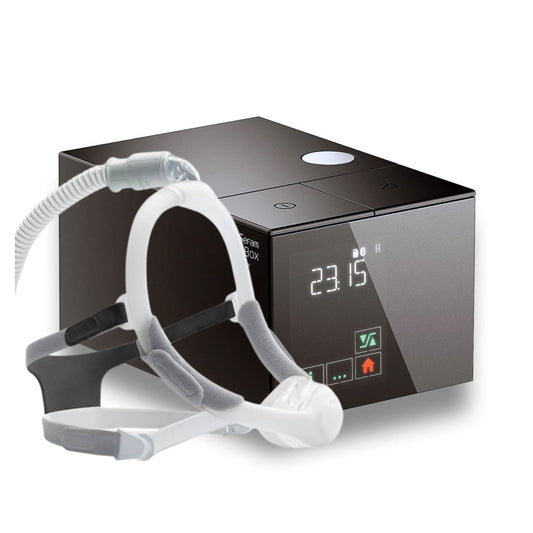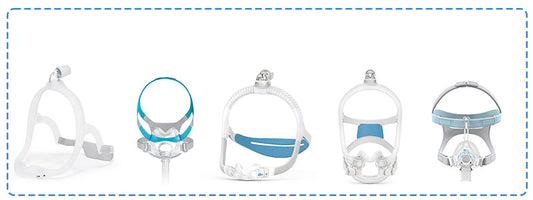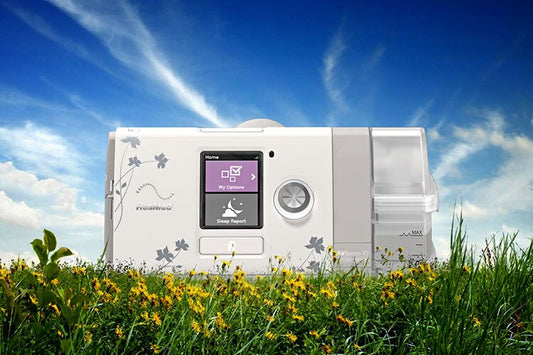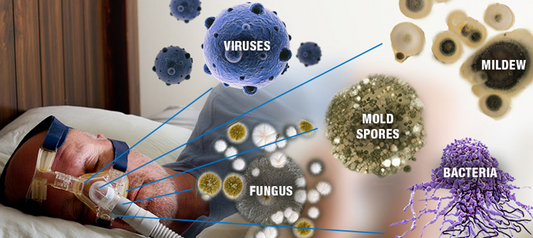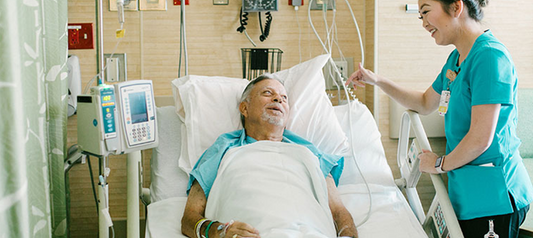Sleep disorders may involve difficulty breathing during sleep and are classified as sleep-related breathing disorders. The most common type of this disorder is obstructive sleep apnoea and its variations.
Obstructive Sleep Apnoea
Obstructive sleep apnoea (OSA) is a sleep disorder that causes a person to stop breathing during sleep due to blockage in the airway. The airway becomes blocked several times an hour, and this limits the amount of oxygen that reaches his lungs. The person usually snores and makes choking noises as he breathes. As the brain and body lack oxygen, the person wakes up hundreds of times per night. A person with untreated OSA wakes up tired and unrefreshed. He may feel sleepy throughout the day and may lack concentration in what he does.
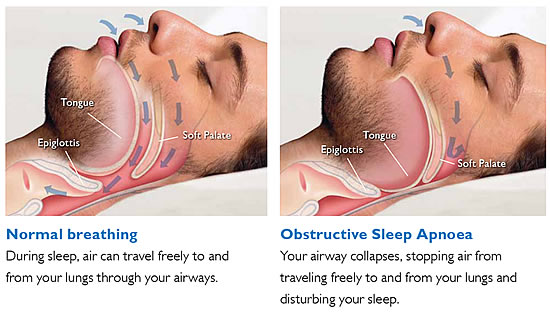 The lack of oxygen during sleep may cause:
The lack of oxygen during sleep may cause:
• heart disease
• high blood pressure
• stroke
• depression
• pre-diabetes and diabetes
Snoring
A person snores when the air he breathes cause the tissue in the back of the throat to vibrate. This is often heard as one breathes in air through the nose, mouth or both. It is more common in men as 40% of adult men are habitual snorers. Snoring is more likely to happen when one is sleeping on his back. It may also be aggravated by alcohol or other depressants which tend to relax the throat muscles. Allergies and cold congestion may also cause snoring. It may also be a symptom of obstructive sleep apnoea.
Central Sleep Apnoea
Central sleep apnoea (CSA) is a sleep breathing disorder that causes the body of a person with the disorder to decrease or stop the effort to breath during sleep. This is unlike OSA as the disorder is due to a problem in the heart or brain and not blockage in the airway. In CSA the heart and brain move a large amount of air into the lungs. There are several types of CSA and they are:
• Primary Central Sleep Apnoea - where the breathing pattern is manifested in a repetitive absence of air flow and effort to breath
• Cheyne-Stokes Breathing Pattern - caused by stroke, heart failure and kidney failure
• Medical Condition - caused by medical conditions but not Cheyne-Stokes. May be caused by kidney or heart problem
• Due to Drug Use - caused by use of pain medications which can cause irregular breathing
• High altitude periodic breathing - caused by sleeping at altitudes of 15,000 feet and up
Child Sleep Apnoea
Children with obstructive sleep apnoea usually snore. The snoring includes gasps for breath and pauses in breathing. Children with OSA do not experience excessive daytime sleepiness as they tend to sleep through their episodes. Their body may move though in response to the pauses in breathing. Since children have flexible rib cage, a constant breathing problem can affect the shape of the abdomen and chest. The rib cage may seem to cave inward as the child inhales. If the OSA remains untreated, the child may develop a funnel chest where the breastbone produces depression in the chest wall.
Infant sleep apnoea is also a concern. If untreated, it will cause severe complications such as hypoxemia. Note though that infant obstructive sleep apnoea is very rare on healthy infants.
Find a clinic or call us now for a consultation 1300 750 006.
